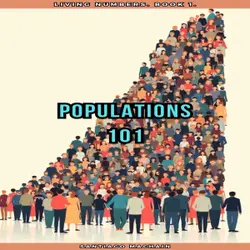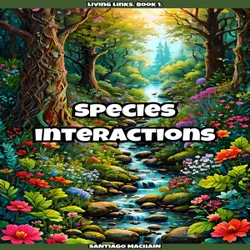The Afterlife of Byzantium traces the final centuries of the Byzantine Empire from the Palaiologan restoration to the fall of Constantinople—and follows its astonishing afterlife far beyond 1453. Through nine richly detailed chapters culminating in a study of legacy and memory, this volume reveals how an empire under pressure reinvented itself through faith, diplomacy, art, scholarship, and everyday resilience. Readers encounter the return to Constantinople in 1261, the fraying frontiers of the Balkans and Anatolia, the mystical power of Hesychasm, the resourceful brilliance of Palaiologan art, the hard math of a late economy, and the fine-edged craft of survival diplomacy. The ascent of the Ottomans and the last defense of 1453 are narrated alongside the intimate human experiences of merchants, monks, mothers, and envoys.
Beyond the walls, the book follows Byzantium’s legacy into Ottoman institutions, Orthodox worship, Venetian print shops, Cretan ateliers, Muscovite courts, and the domestic rituals that carried memory forward. It shows how Byzantine law, liturgy, education, iconography, and political imagination shaped communities for centuries, from the Phanar’s salons to Athonite scriptoria, from market stalls to imperial chancelleries. Written in an informative, humanized, and professional voice, this is a story of continuity through change—a portrait of how an empire’s culture outlived its sovereignty and continued to teach the world how to endure with dignity.













